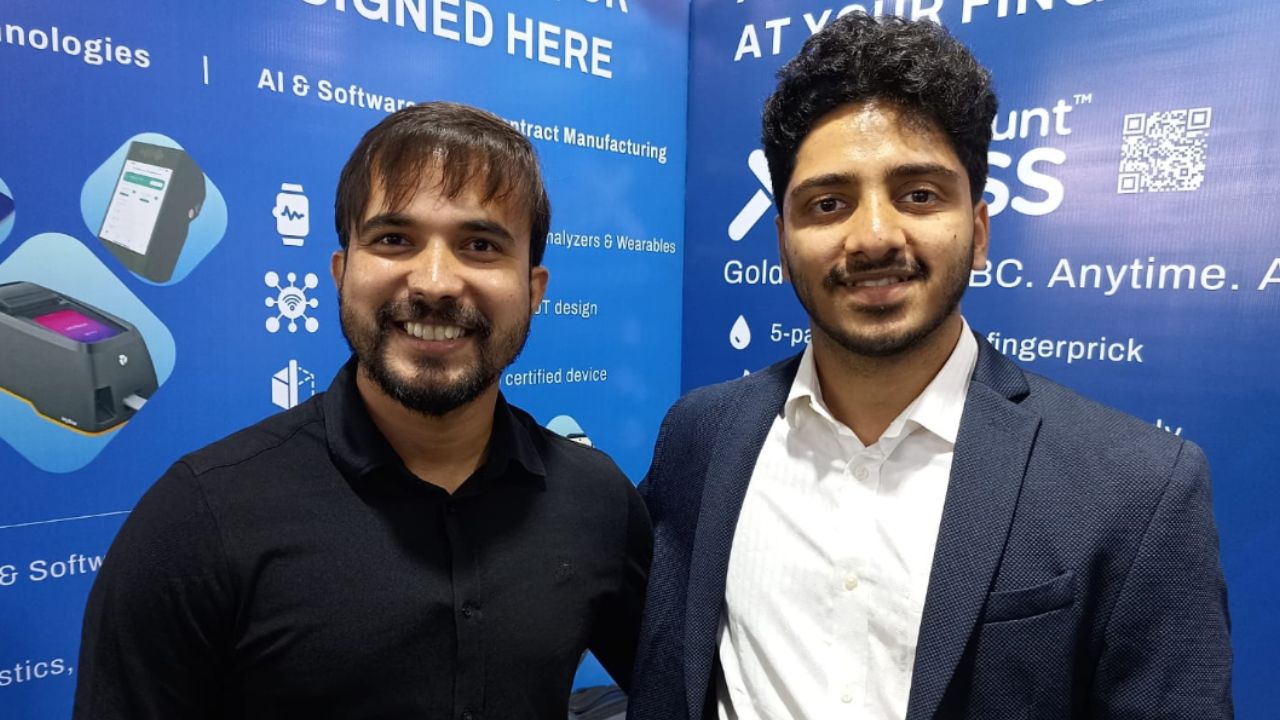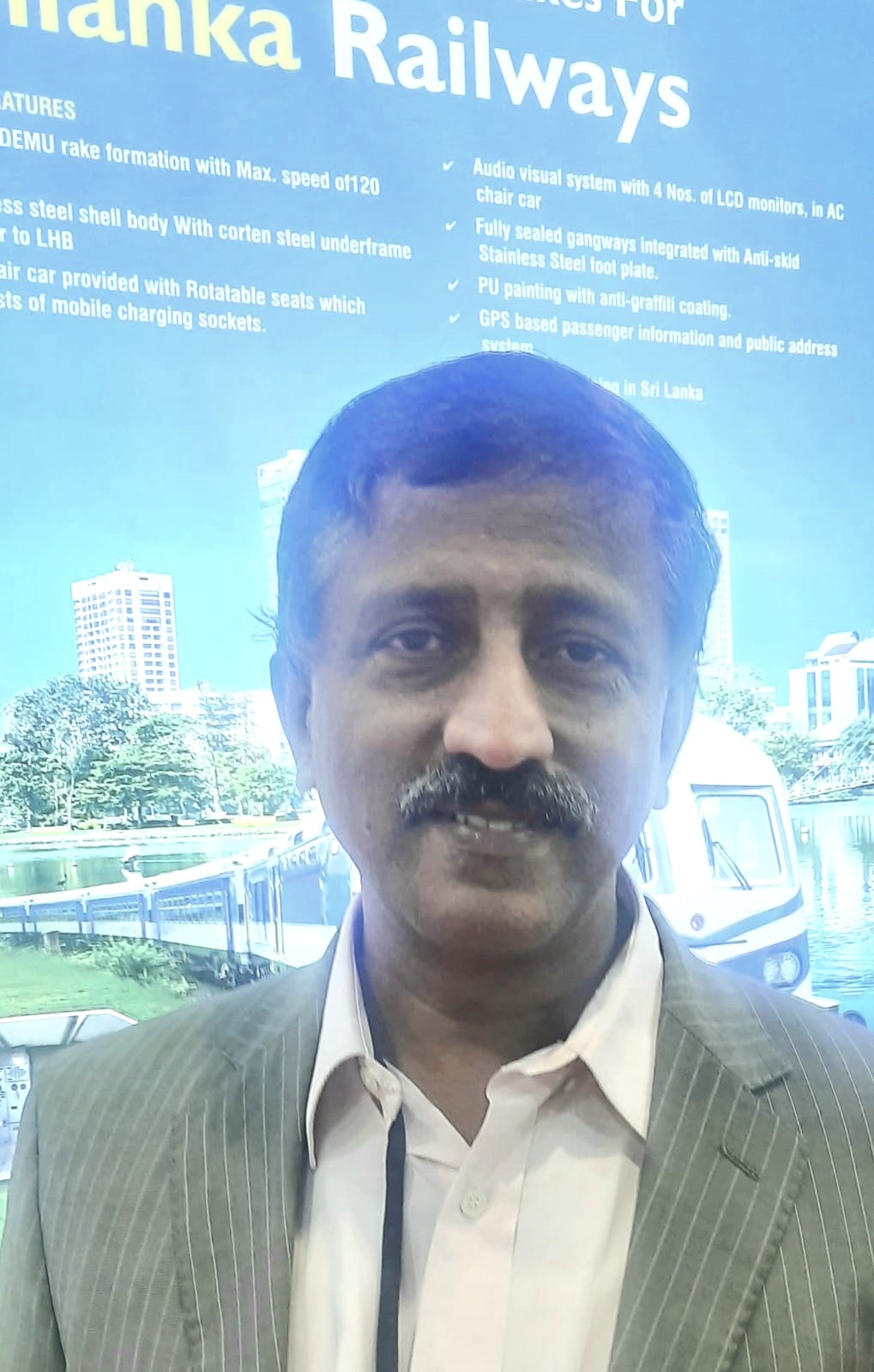Dr. Anand Kumar Singh, Director, Uttar Pradesh Museum Directorate and Director (Additional Charge), Uttar Pradesh State Archaeology Department. Dr. Singh got his MA in Ancient History and MA in Museology from BHU and did PhD from Banaras Hindu University – BHU on “Cultural Interaction in Ancient Afghanistan as revealed by Coins (4th Century BC to 3rd Century AD).” Dr. Singh is overseeing the 15 state government museums and steering their growth in terms of enriching historic & cultural elements and excavational residues. Dr. Singh in a tête-à-tête with T.I.W shares how museums have played a pivotal role in the evolution of society.
#1. How did museums evolve in a civilised world?
The democratisation of museums didn’t happen in a whizz. It took several centuries and millennia to grow to the current shape. Earlier museums were private collections by rich people, which were accessible to few people in society. Their connotations were also somewhat different like “wonder rooms” and “cabinets of curiosities”. The oldest known museum of the world was Ennigaldi-Nanna’s museum, collected by Princess Ennigaldi, dated back to 530 BC.
The Indian museums sprouted during the British rule around 1796-1858. The early phase of the museums in India began with the endeavours of the Asiatic Society of Bengal. India’s first museum was set up at Asiatic Society, 1 Park Street, Calcutta in 1814 which lit the lamp of the “Museum movement in India”. The museum was established with two sections – Archaeological &
Ethnological Geological and Zoological.
The first museum in Uttar Pradesh was built in 1863 in Lucknow. The multi-purpose museum has several galleries with artefacts on display, ranging from natural history objects to objects from the Stone Age.
#2. What’s the role of museums?
Museums are the unconventional learning centres that display antique objects related to art, science, history, geography, etc. to build curiosity among the observers to delve deeper into the historic significance of the objects. Museums are the custodians of knowledge and teachers of future. It is a place of great interest and builder of curiosity. It is highly informative and educative. A visit to the museum is a great learning.
#3. What steps has the Govt. of Uttar Pradesh taken to strengthen the museum ecosystem in the state?
Fifteen government-run museums focused on history, archaeology, culture and tourism are already there in Uttar Pradesh. Now, the government is planning to set up three tribal museums at Balrampur, Sonbhadra & Lucknow; one biodiversity museum in Lucknow; and one children museum in Kannauj.
The tribal museum at Balrampur will exhibit indigenous artefacts and rare tribal belonging to Uttar Pradesh. It will be called the museum of ethnology. The collection will include clothes and footwear collected from Tharus, Gonds, Agariya, Panika, Bhuia, Baiga and other tribes.
#4. Uttar Pradesh is a hub of religious centres where millions of tourists throng in. What does the state plan to cater to the religious tourists’ needs through museums?
Uttar Pradesh has already Government Museum in Mathura and Ram Katha Museum in Ayodhya. The Government Museum in Mathura is famous for ancient sculptures of Mathura School of Art dating from 3rd century to 12th century. The Government Museum has the artifacts of the Gupta and Kushan kingdoms, as they were more prominent in this region and the districts of Mathura.
The Ram Katha Museum houses a very interesting collection of arts and artifacts. The coins, rare palm leaf manuscripts and pottery that are exhibited here throw a great deal of light on the past. Other than pottery, a variety of other terracotta objects are there on display at this museum. Textiles as well as Metal objects form an integral part of the repository. Ardent followers of Lord Rama too cannot afford to miss out on a visit because several of the antiquities kept here are related to the life of Lord Rama.
The upcoming Kashi Museum will exhibit the art, culture, and religious artifacts of Varanasi and showcase the stories of the evolution of Kashi Dham.









